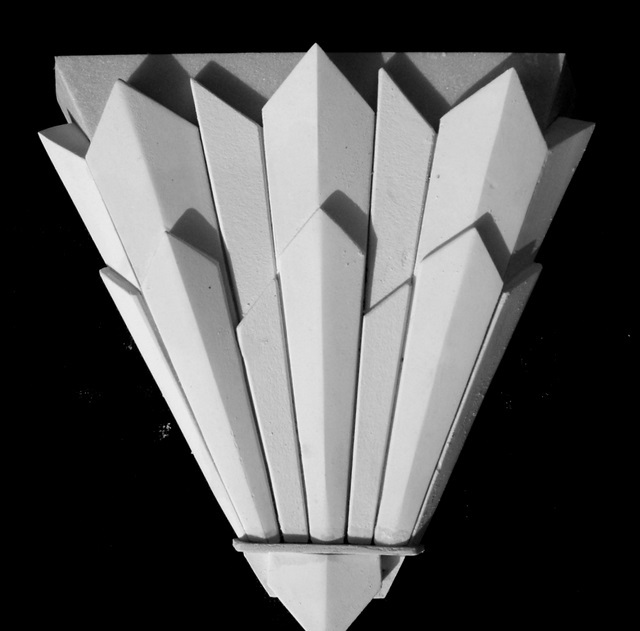Japanese Aesthetic principle: Wabi-sabi is a beauty of things imperfect, impermanent, and incomplete. It is the beauty of things modest and humble. It is the beauty of things unconventional. Material characteristics of wabi-sabi: suggestion of natural process, irregular, intimate, unpretentious, earthy,simple.
From UTNE Reader:
According to Japanese legend, in the sixteenth century Sen no Rikyu sought to learn the Way of Tea. He went to tea-master Takeeno Joo, who tested the younger man by asking him to tend to his garden. Rikyu cleaned up debris and raked the ground until it was perfect, then scrutinized the immaculate garden. Before presenting his work to the master, he shook a cherry tree, causing a few flowers to spill randomly onto the ground.
Later, when he had become one of Japan’s most revered tea-masters, Rikyu served under Toyotomi Hikeyoshi, a warrior known for his ostentatious taste. One day the ruler went to visit Rikyu’s famed morning glory garden and was shocked to find it in shambles, all the flowers uprooted. He entered Rikyu’s humble teahouse to find the master sitting in front of an alcove, where he had placed one perfect morning glory in a clay pot.
To this day, the Japanese revere Rikyu as one who understood to his very core an elusive cultural thread known as wabi-sabi. Emerging in the fifteenth-century as a reaction to the prevailing aesthetic of lavishness, ornamentation, and rich materials, wabi-sabi is the art of finding beauty in imperfection and profundity in earthiness, of revering authenticity above all. In Japan, the concept is now so deeply ingrained that it’s difficult to explain to Westerners; no direct translation exists.
Broadly, wabi-sabi is everything that today’s sleek, mass-produced, technology saturated culture isn’t. It’s flea markets, not department stores; aged wood, not Pergo; rice paper, not glass; one single morning glory, not a dozen red roses. Wabi-sabi understands the tender, raw beauty of a Decembral landscape devoid of color and life, the aching elegance of an abandoned hut on a wintry shore. It celebrates cracks and crevices and rot and all the other marks that time and weather and use leave behind. To discover wabi-sabi is to spend time finding the singular beauty in something that may present itself as decrepit and ugly.
Wabi-sabi reminds us that we are all but transient beings on this planet–that our bodies, as well as the material world around us, are in the process of returning to the dust from which we came. Nature’s cycles of growth, decay, and erosion are embodied in liver spots, rust, frayed edges. Through wabi-sabi, we learn to embrace both the glory and the impersonal sadness of these blemishes, and the march of time they represent.





